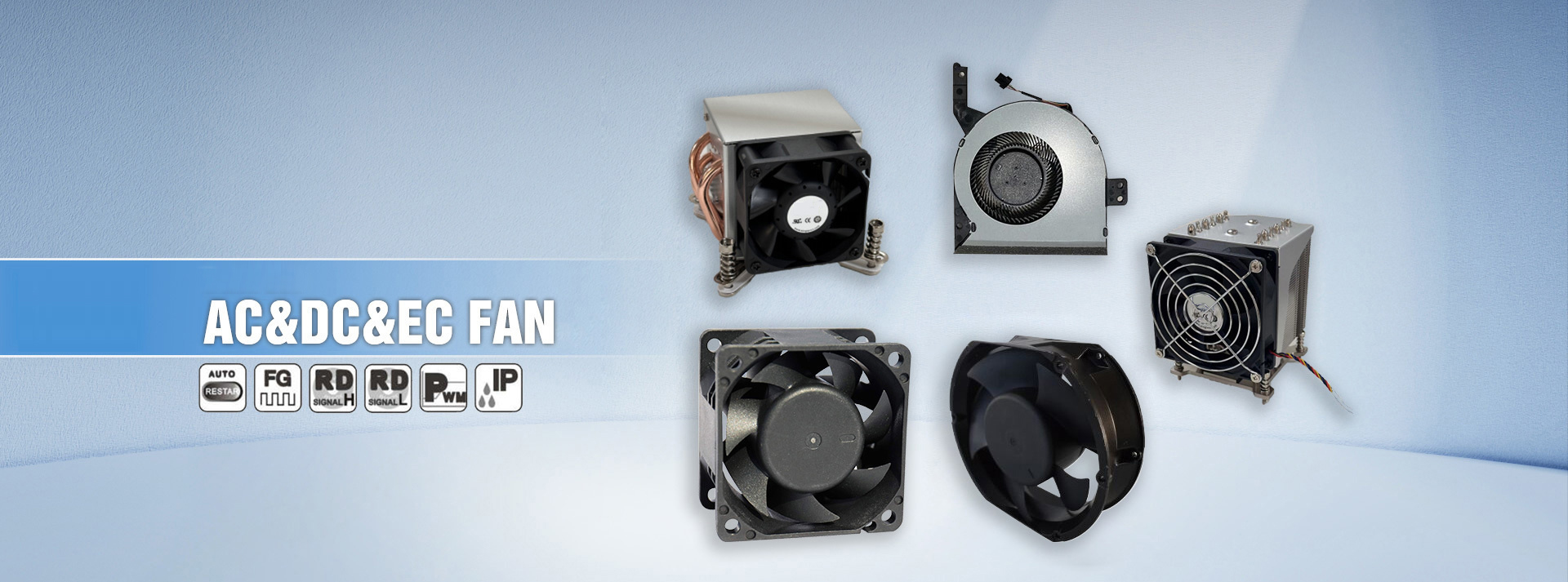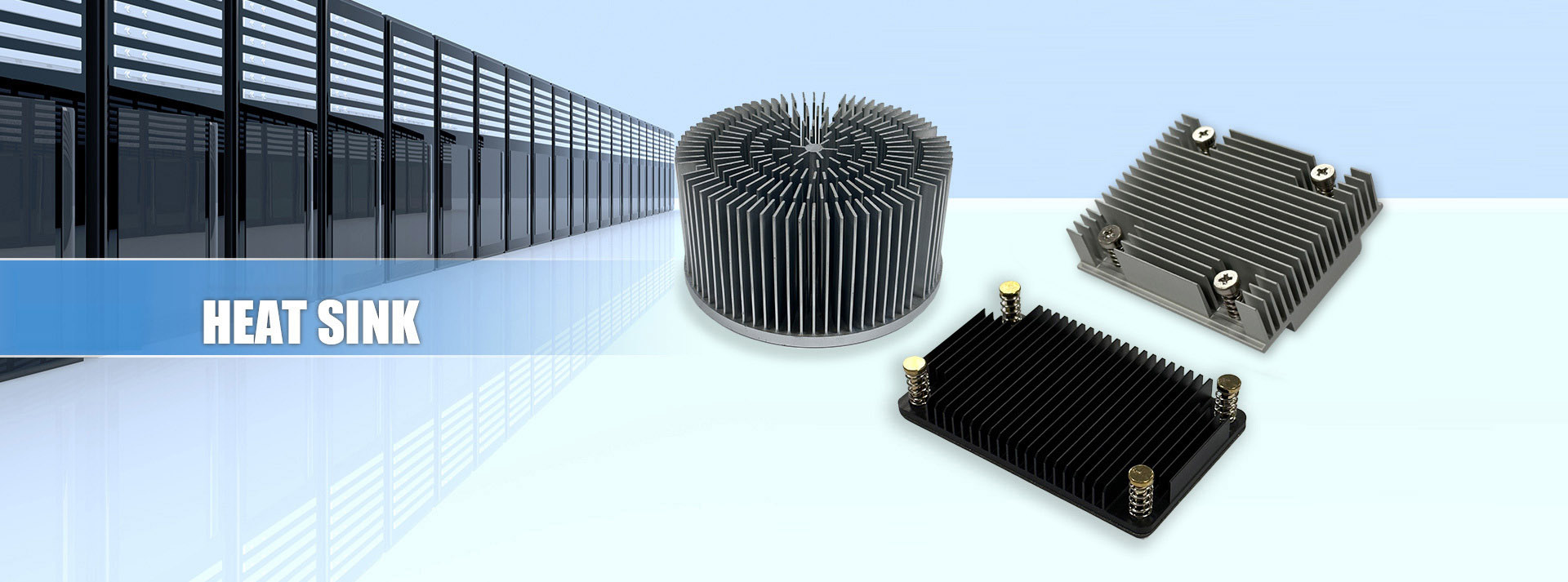Introduction to the Functions and Working Principle of DC Fans
For example, DC fans are a subcategory of cooling fans. Their advantages include DC power supply, smaller size, higher energy efficiency, lower vibration, reduced noise, and longer lifespan compared to other fans. Due to these benefits, DC fans are widely used in everyday life. This section provides a brief introduction to their functions and working principle.
Working Principle of DC Fans
A DC cooling fan consists of two main components: a stator and a rotor. The stator contains magnetic poles (either winding type or permanent magnet type), while the rotor has windings.
When power is supplied, a magnetic field (magnetic poles) is also formed on the rotor. There is an angular displacement between the magnetic poles of the stator and rotor. The interaction between the stator and rotor's magnetic fields (N and S poles) generates an attraction force, causing the motor to rotate.
By adjusting the position of the brushes, the angle between the stator and rotor magnetic poles can be changed. If the stator's magnetic pole angle is at the starting side and the rotor's magnetic pole is on the opposite side, the direction from the rotor’s magnetic pole to the stator’s magnetic pole determines the motor’s rotation direction. This mechanism allows the rotation direction of the motor to be altered.





